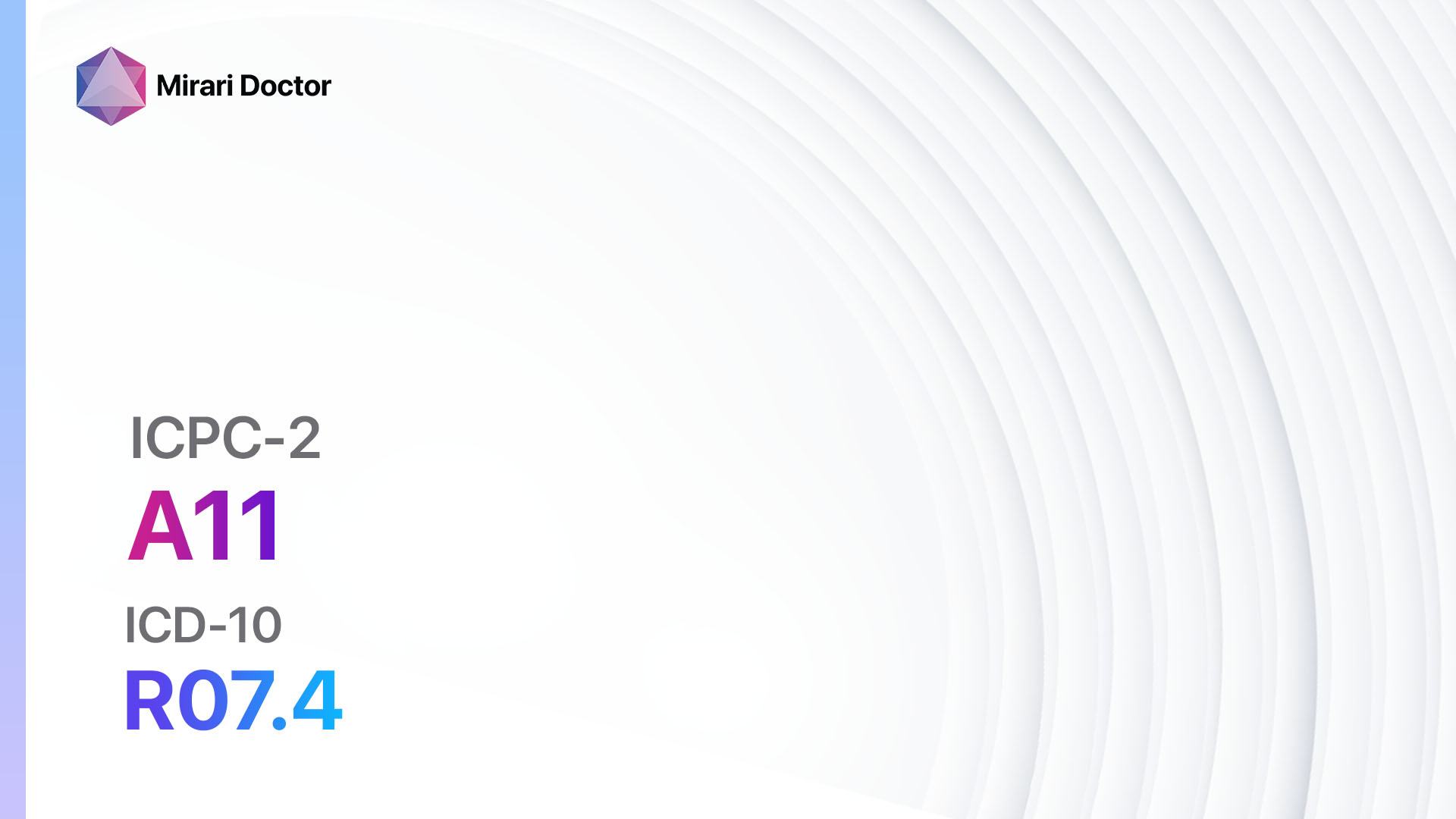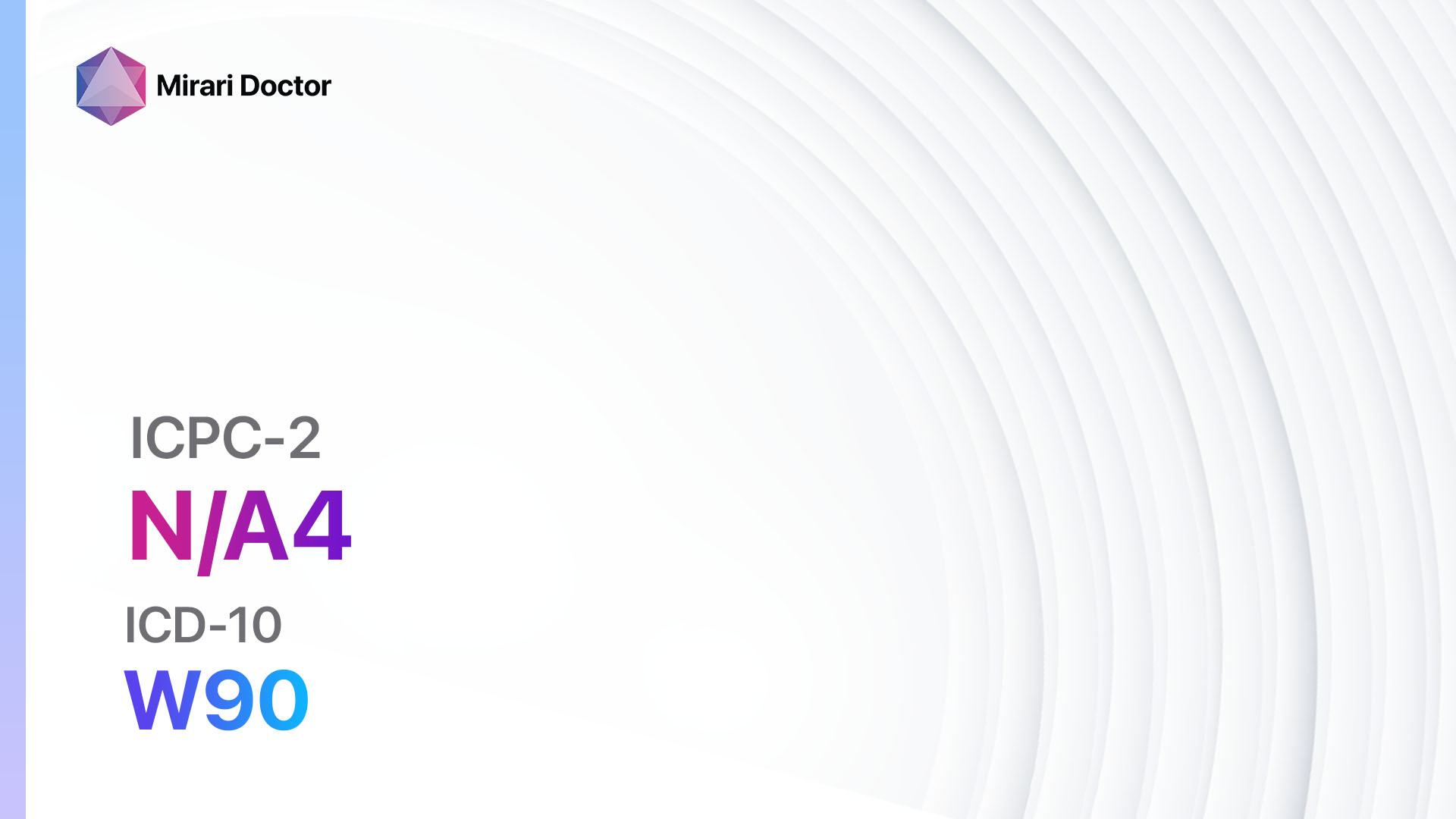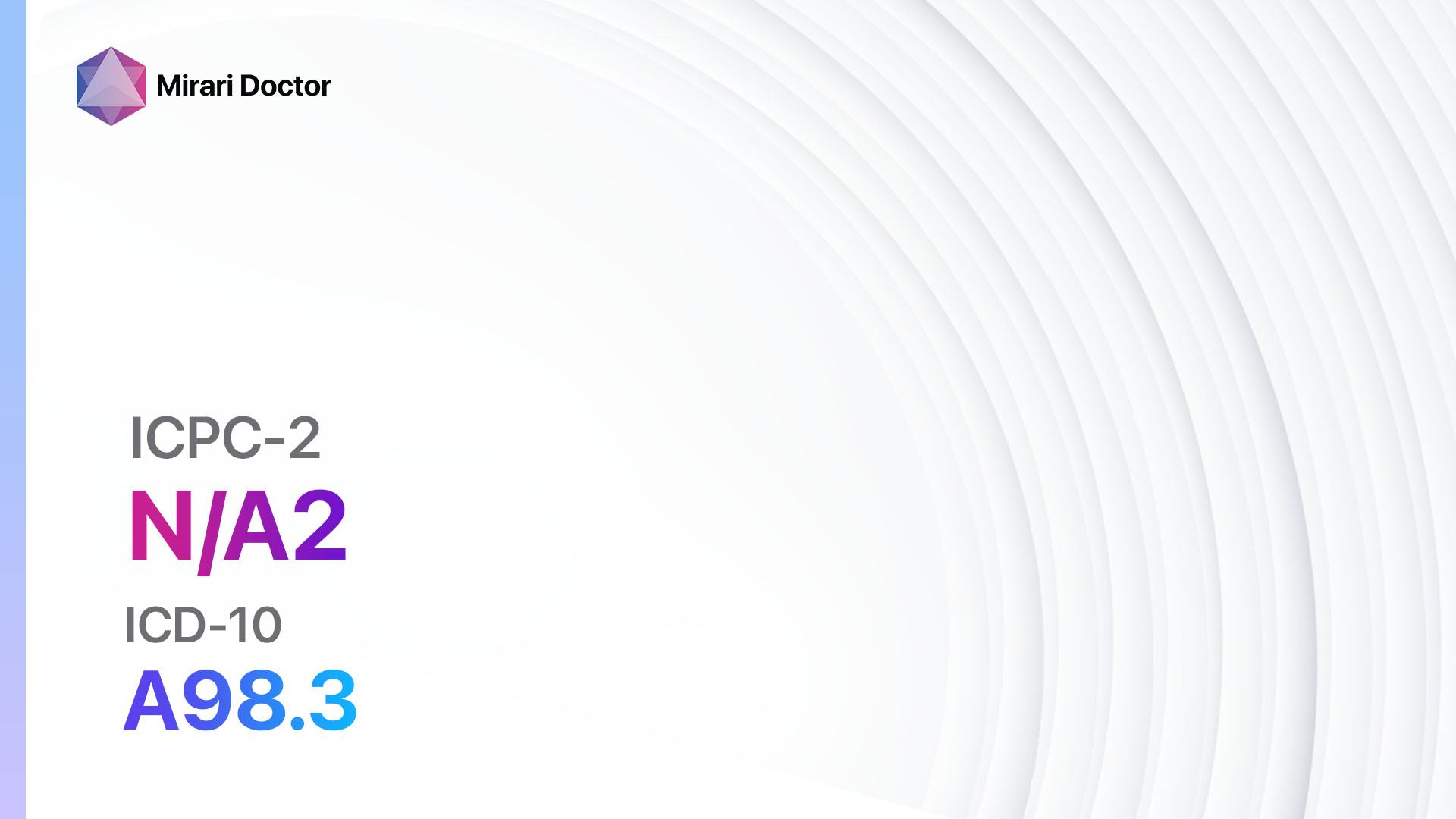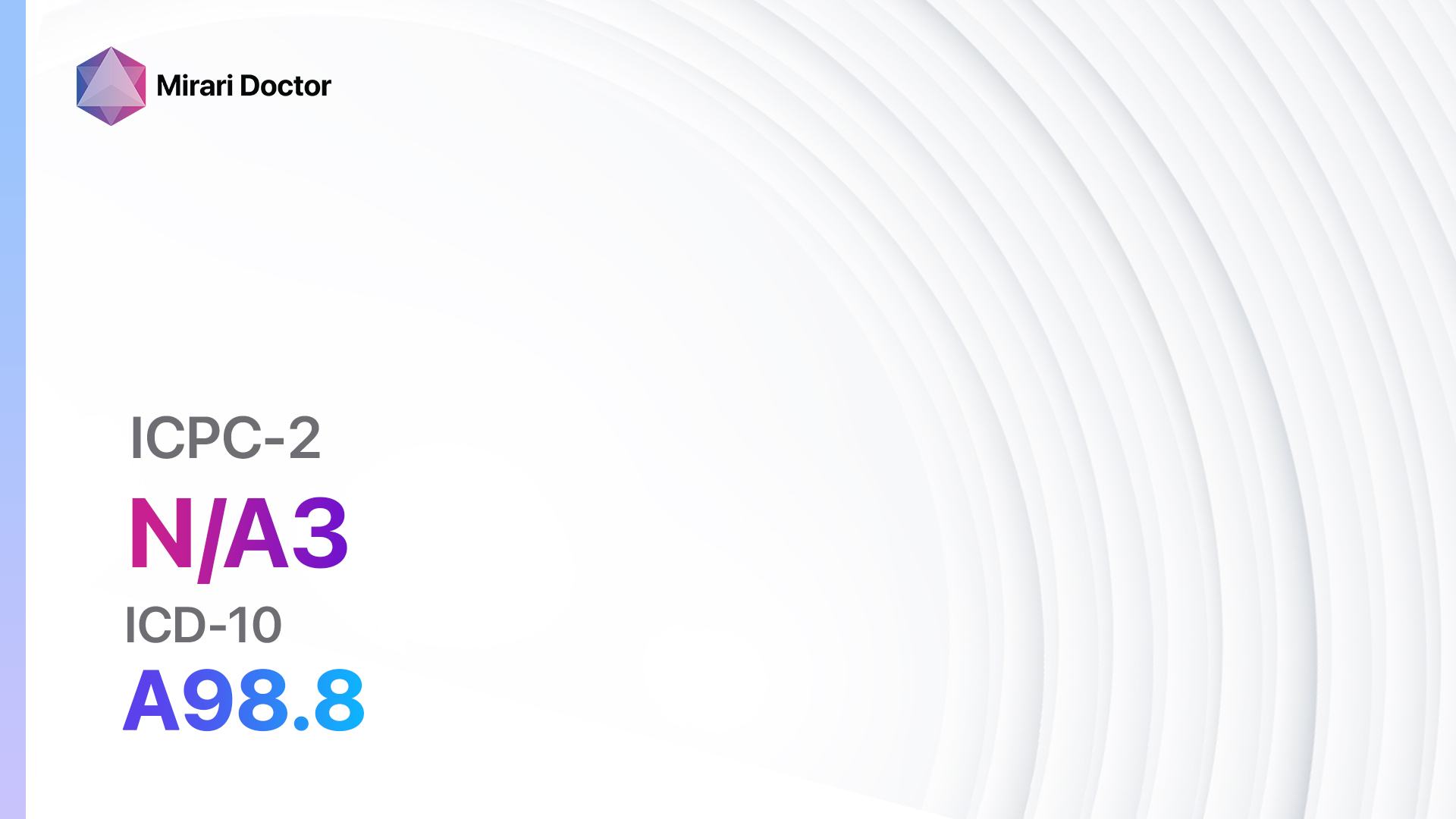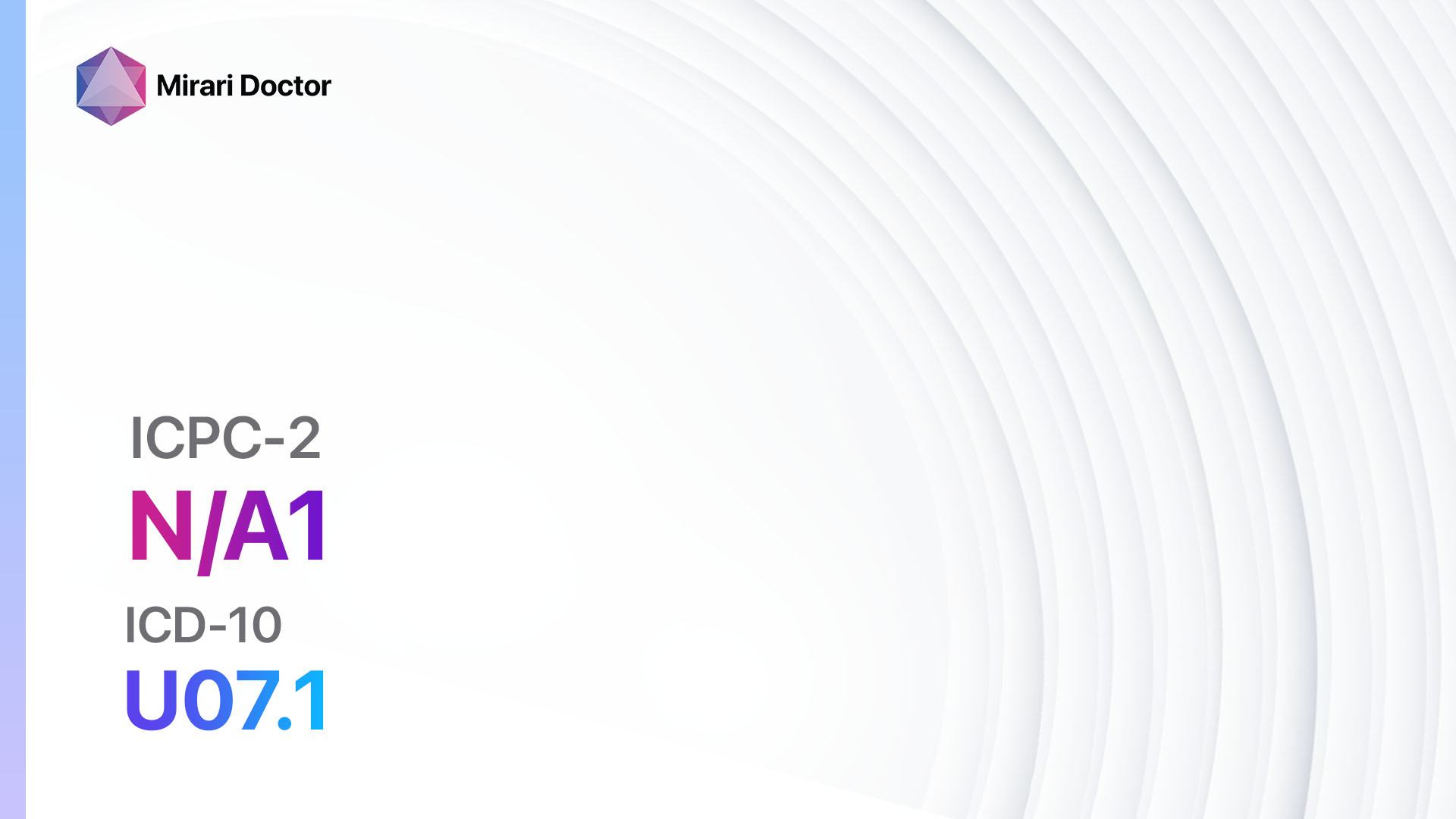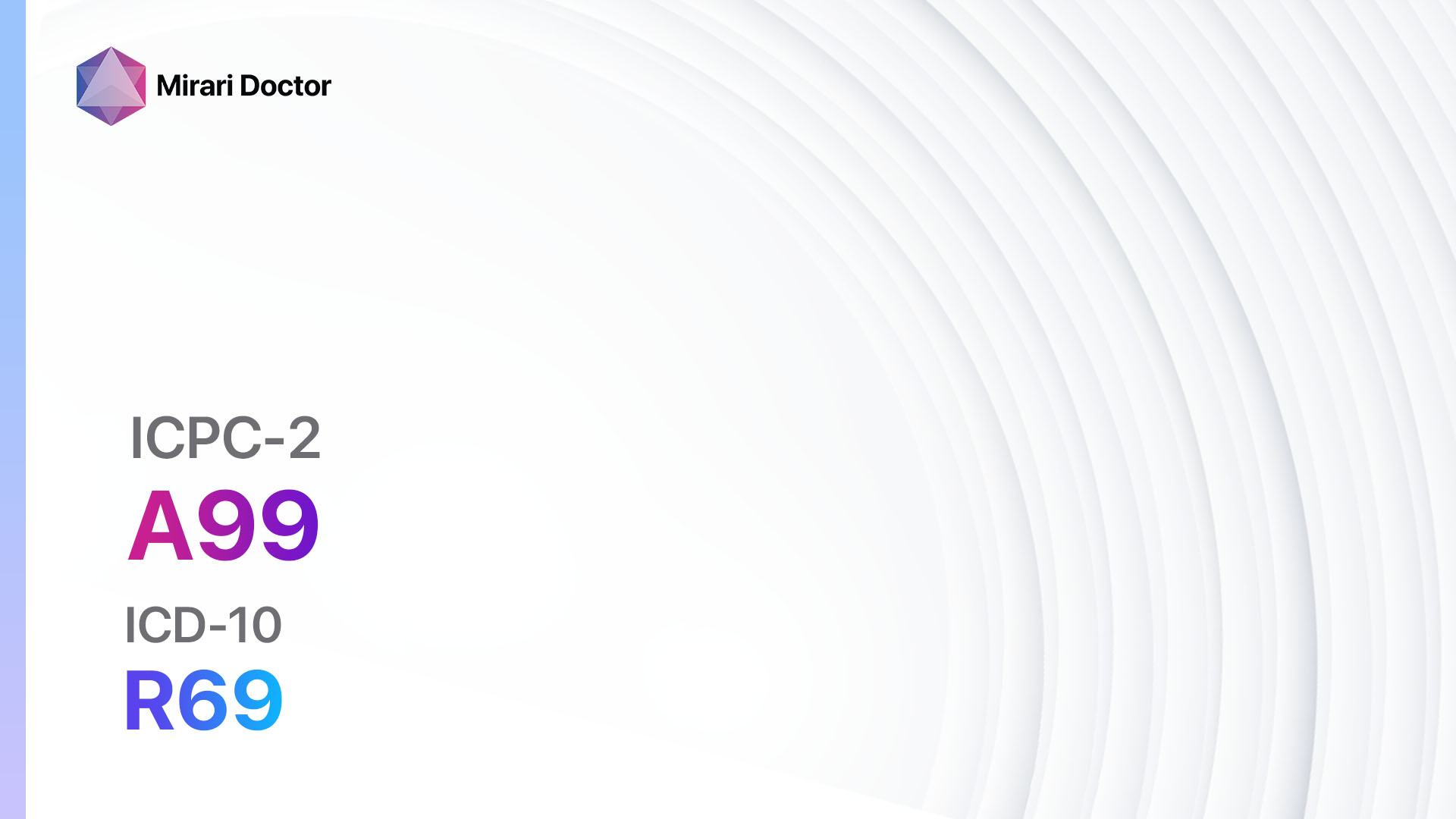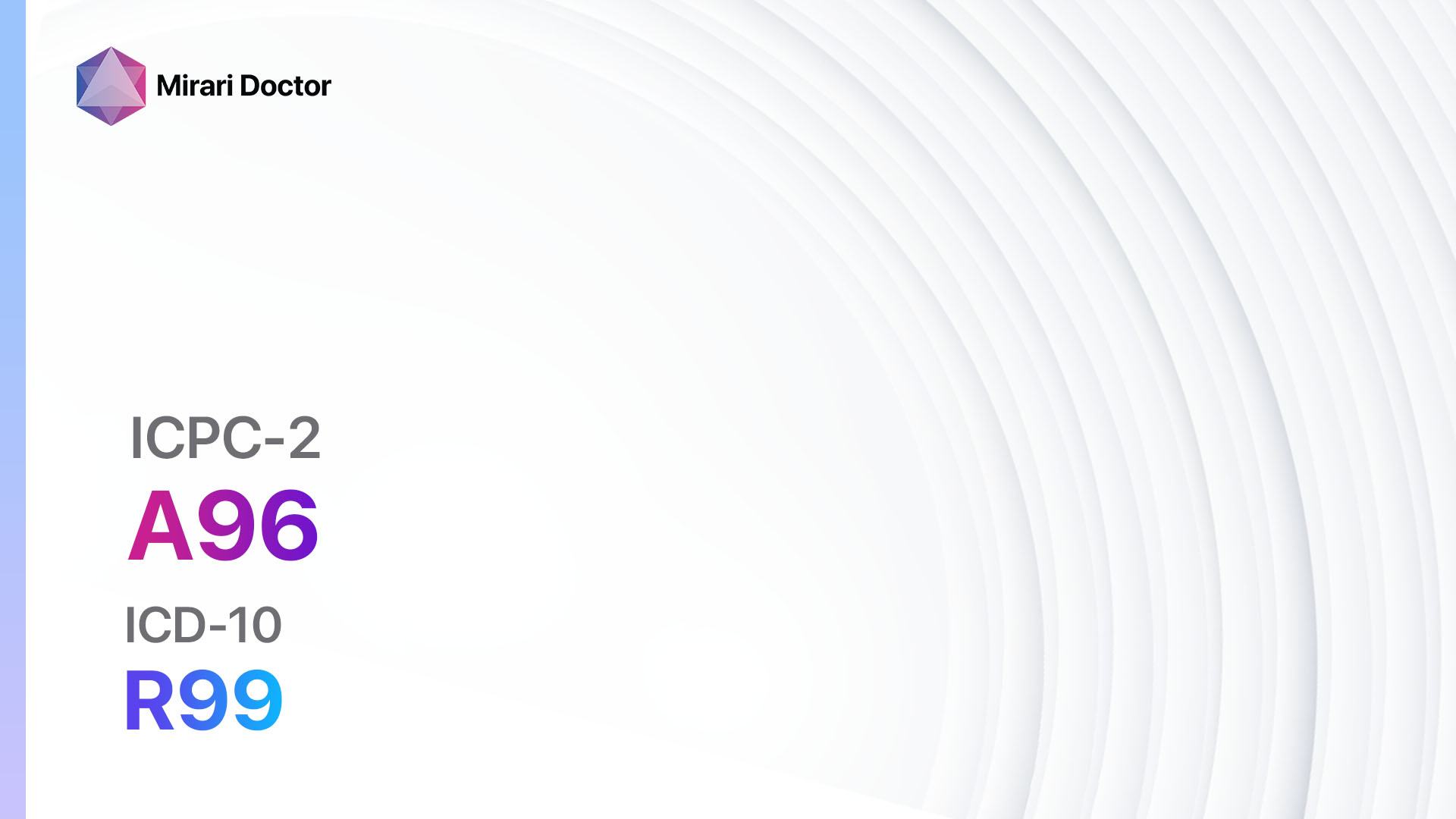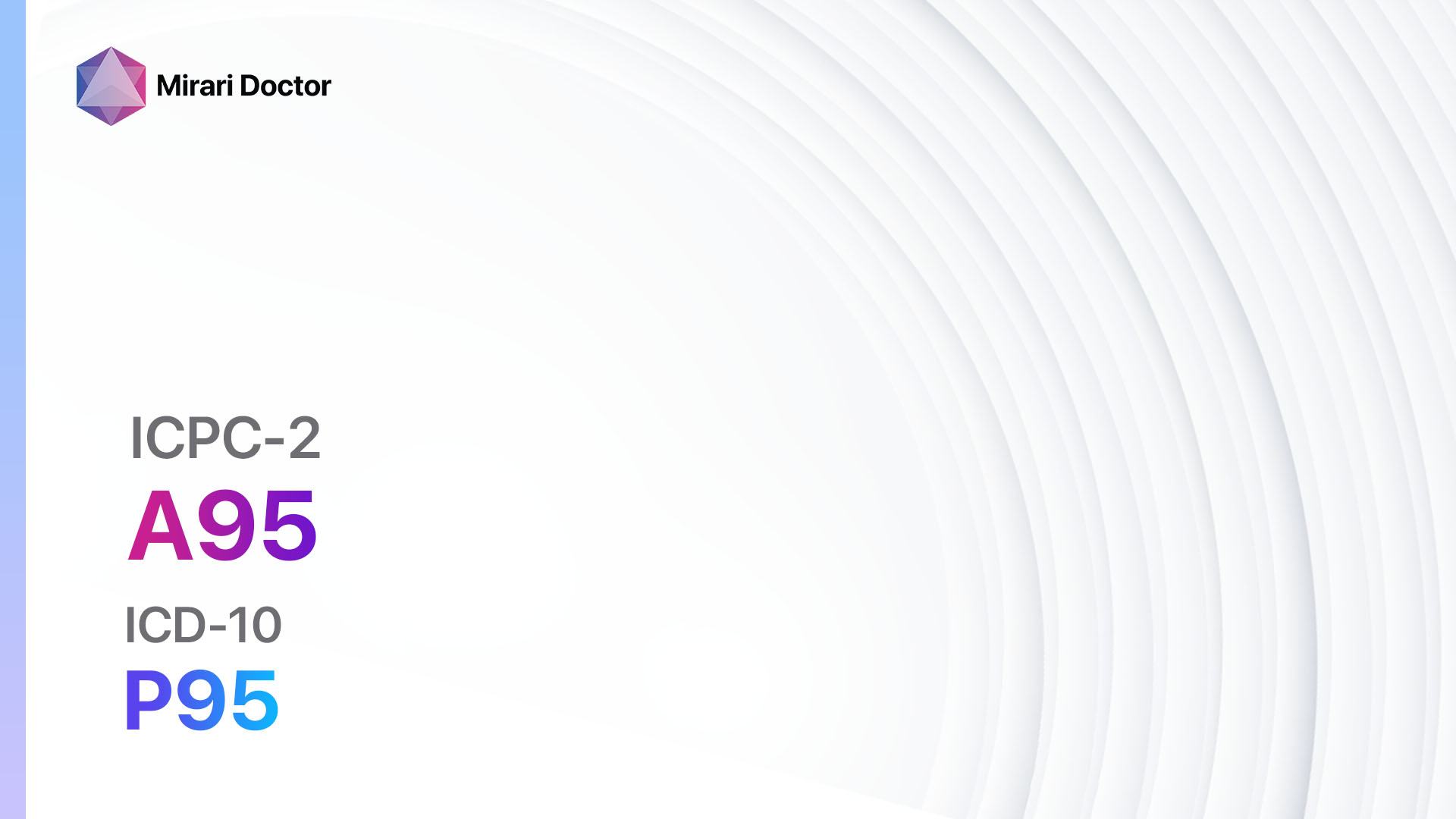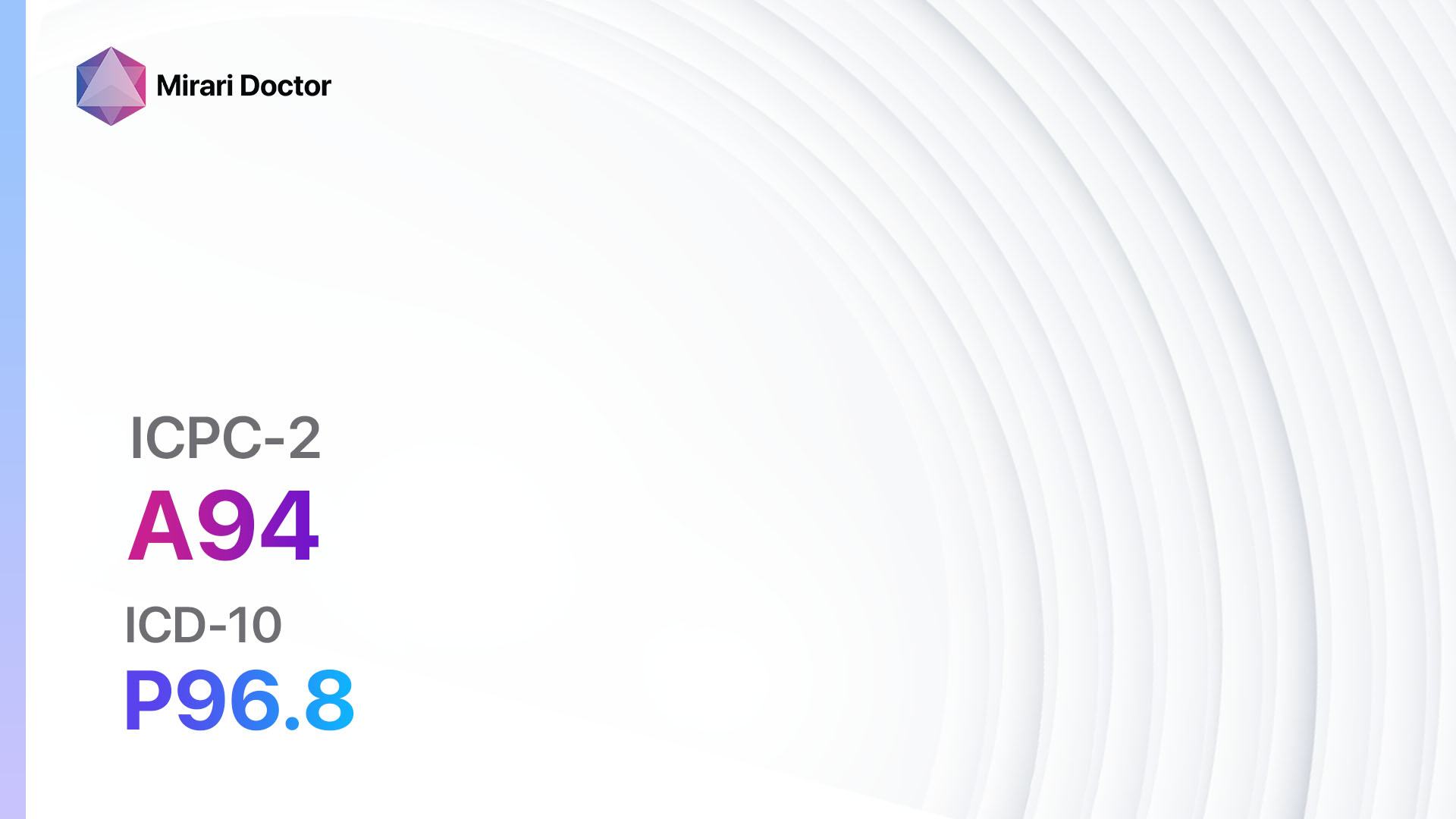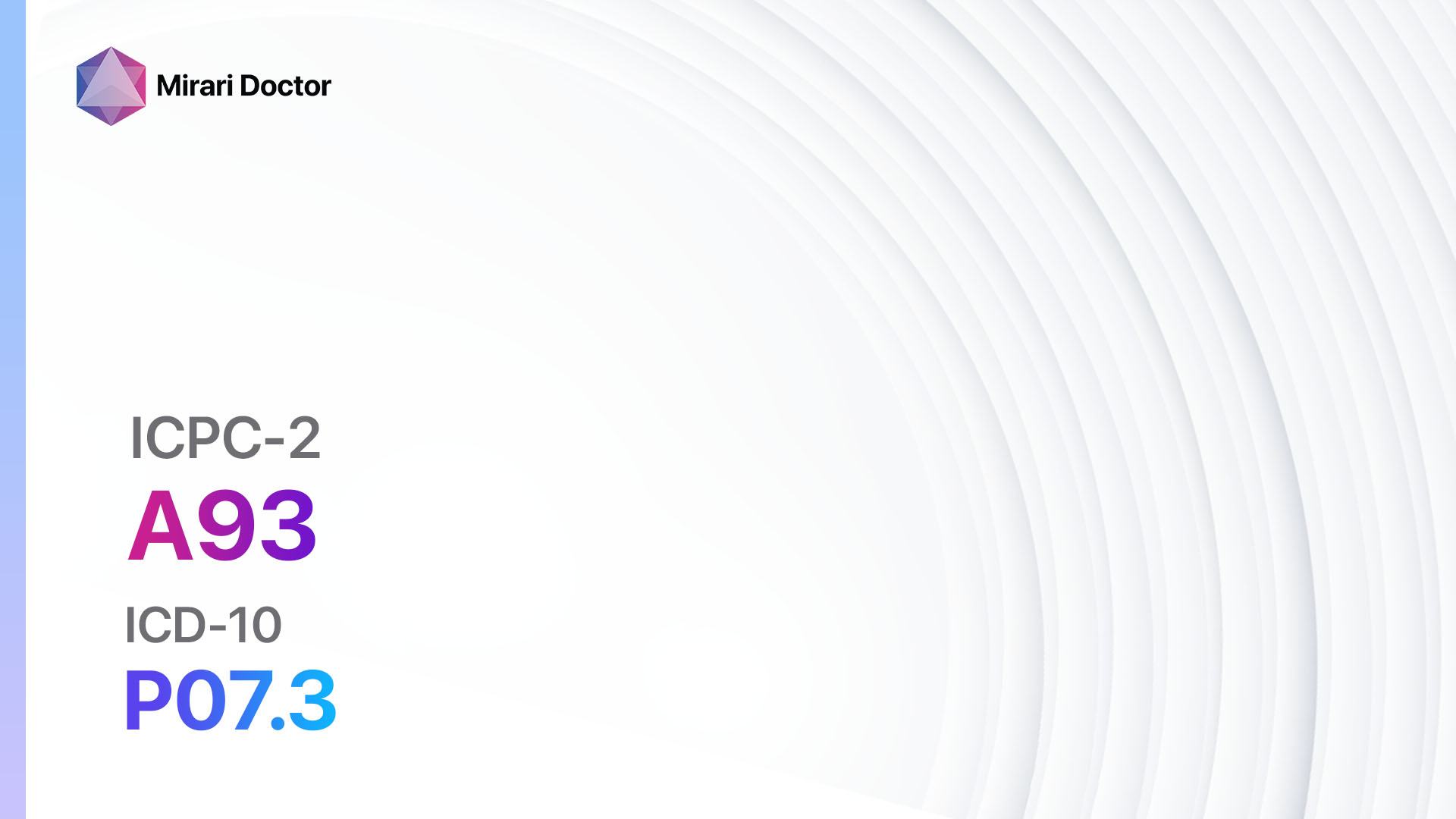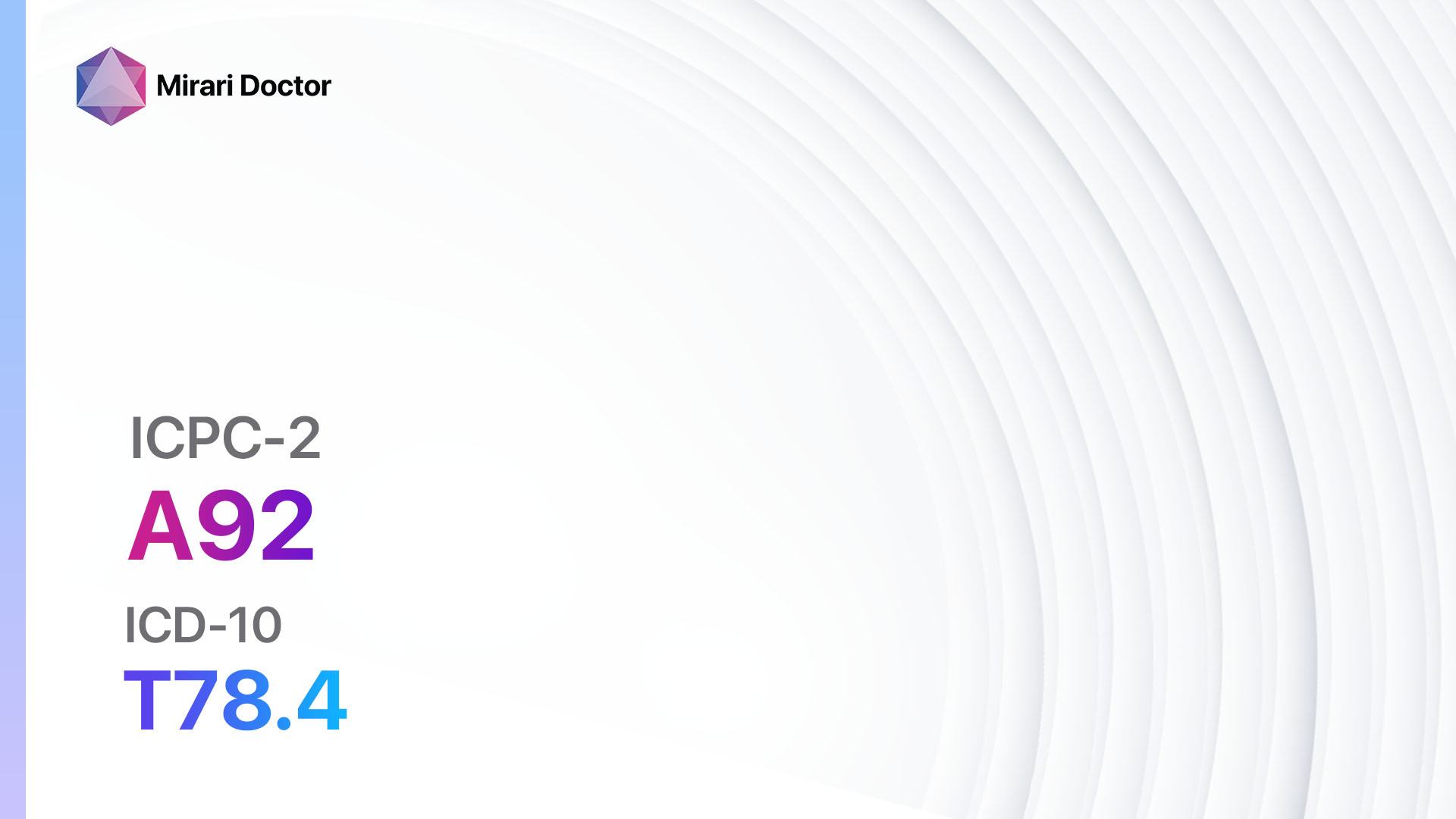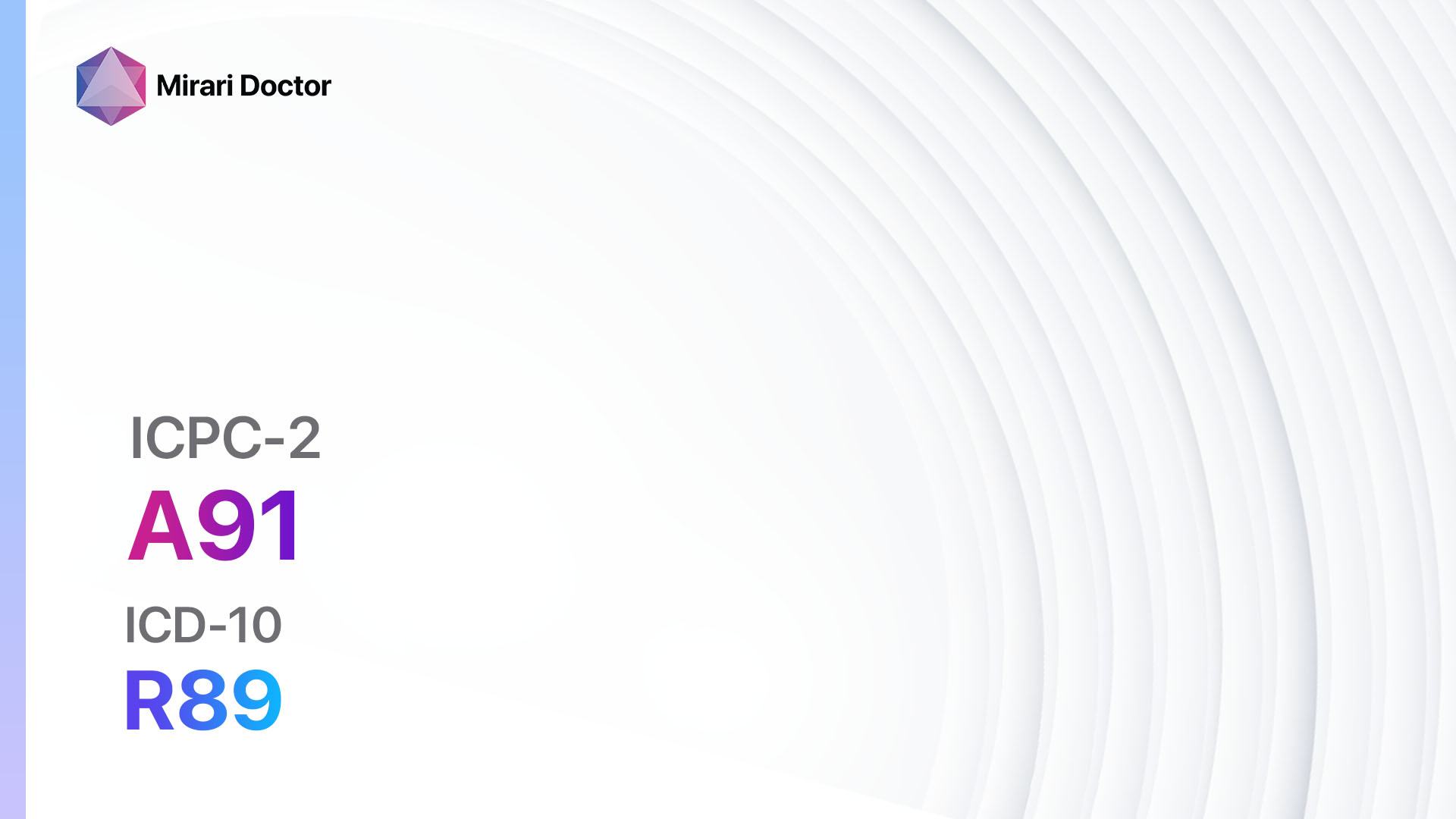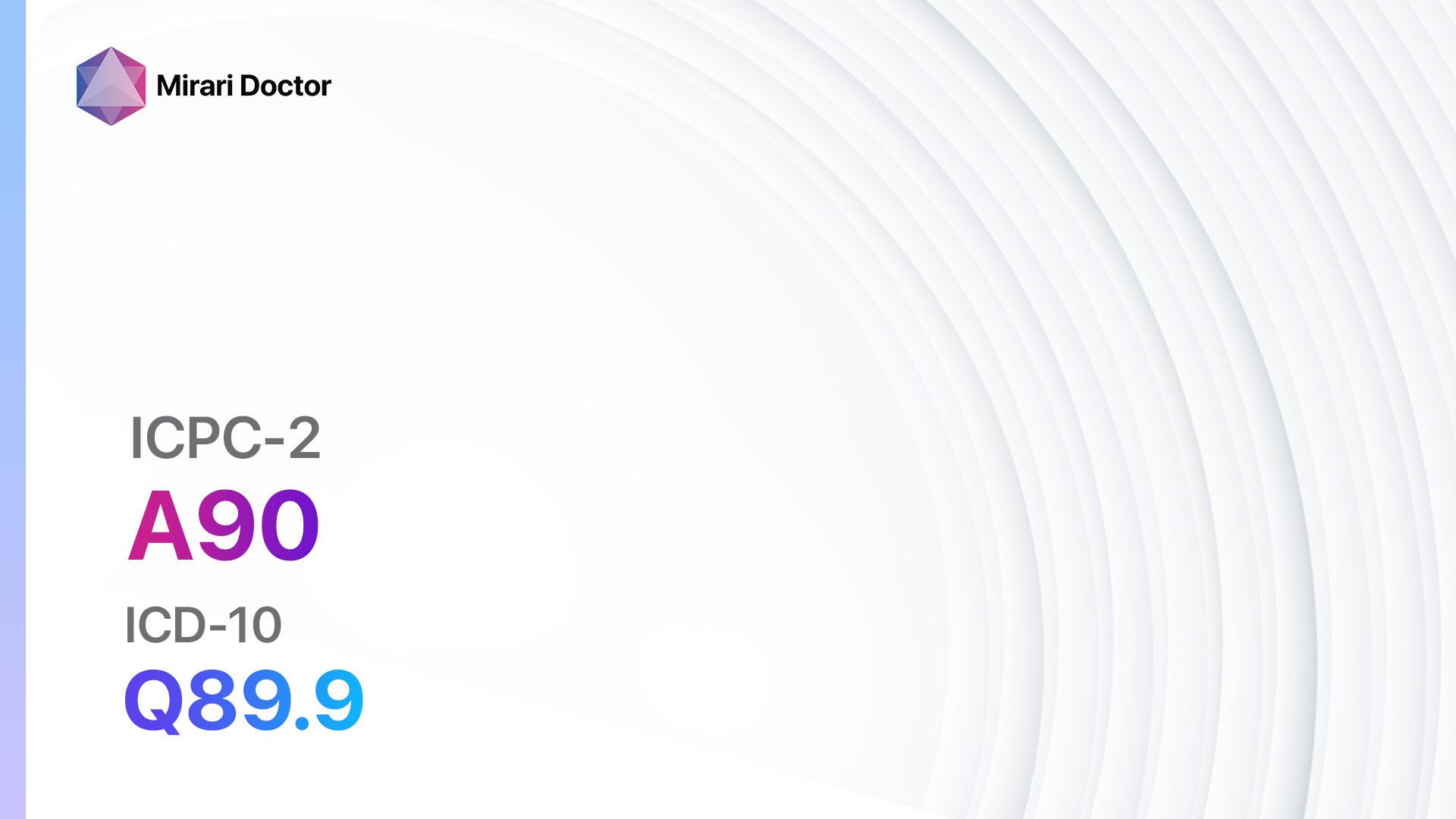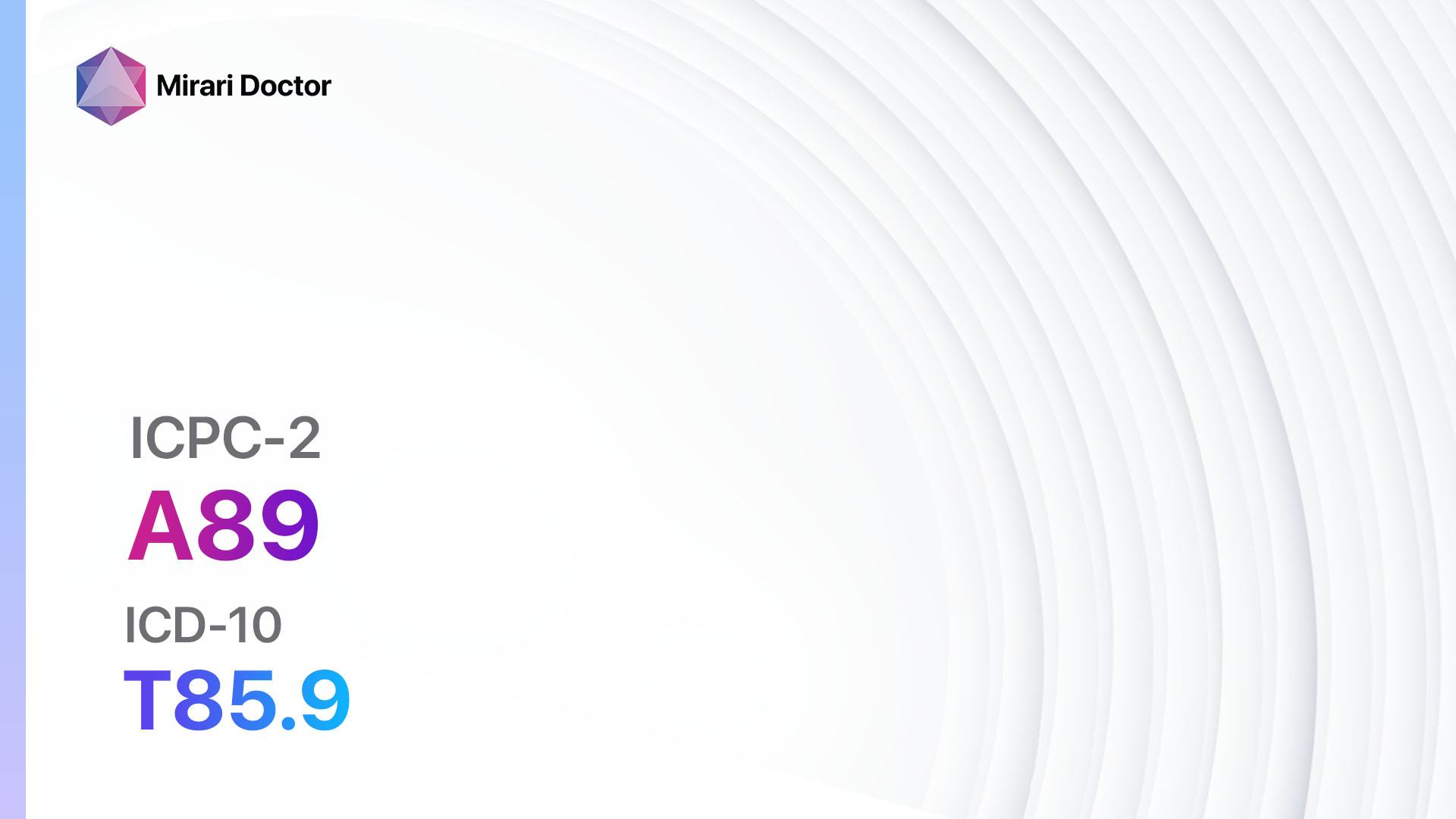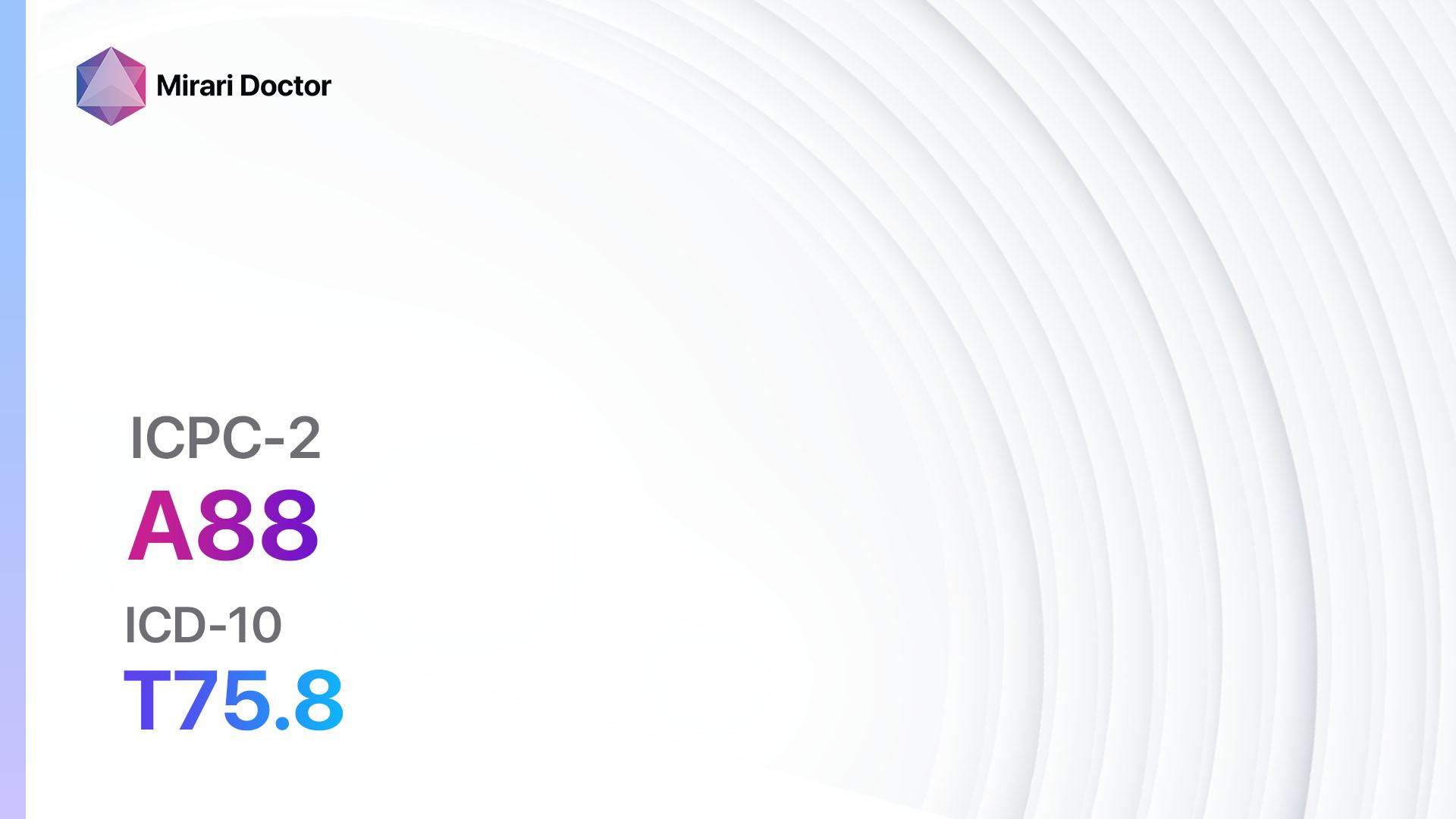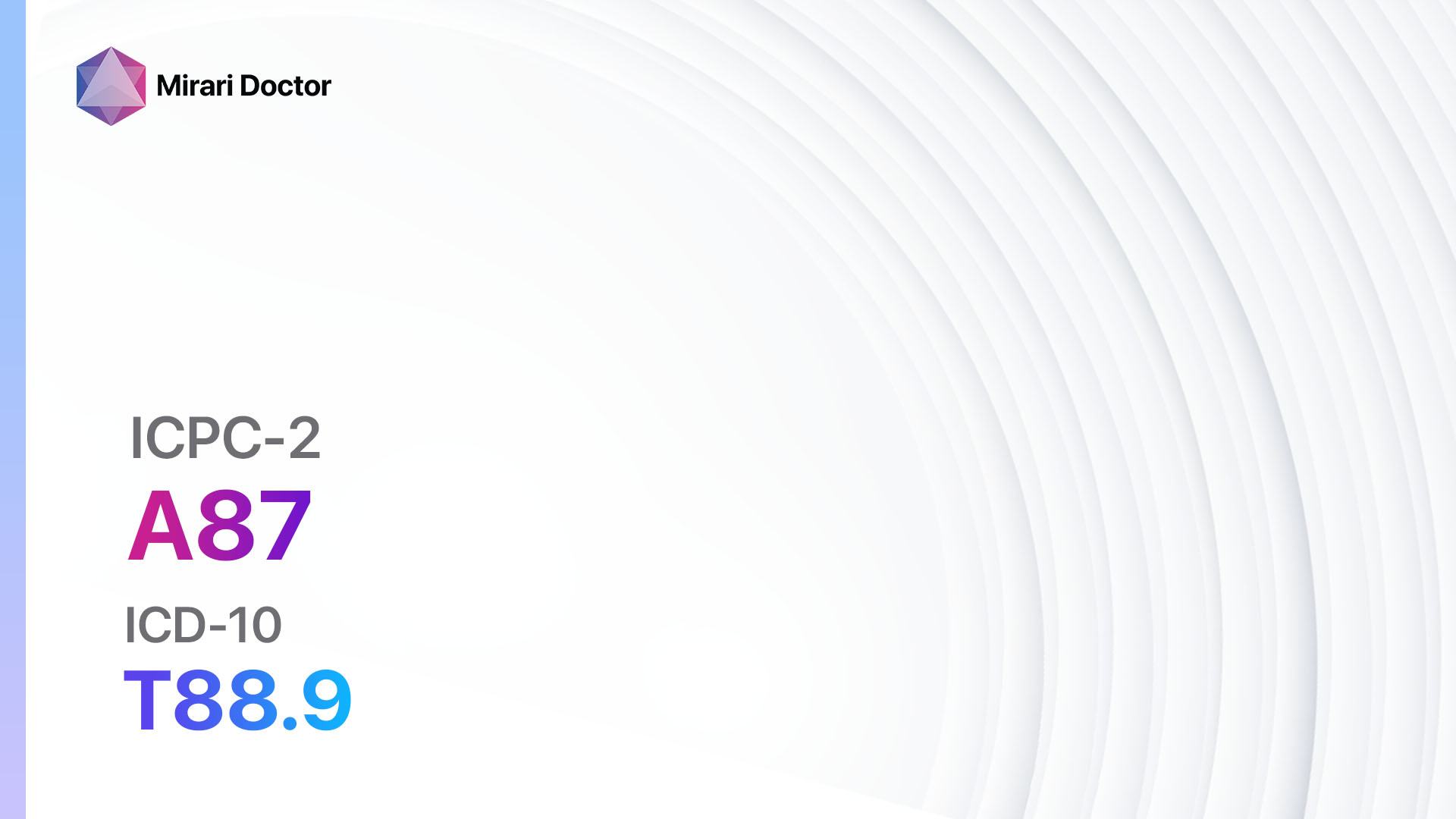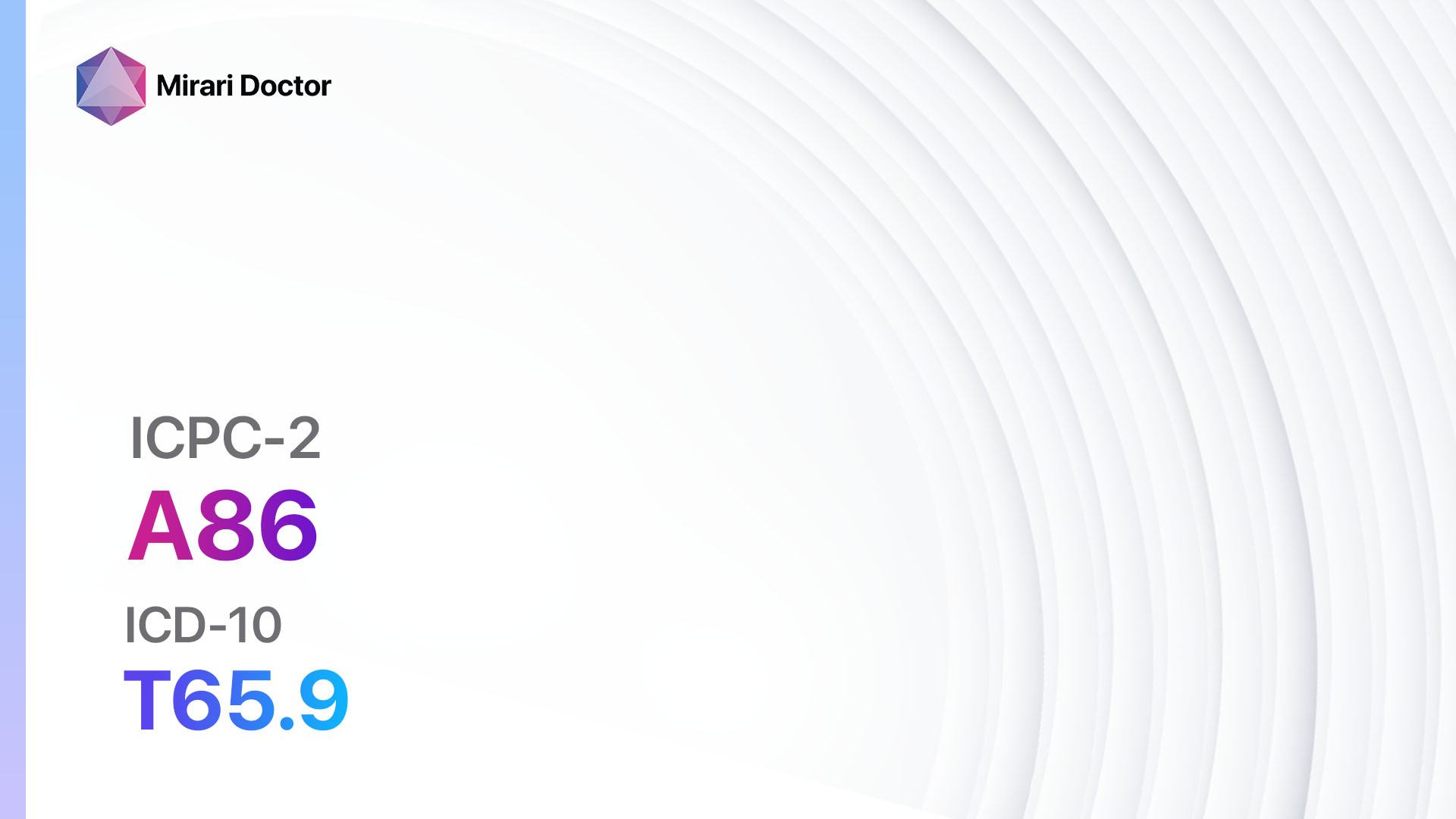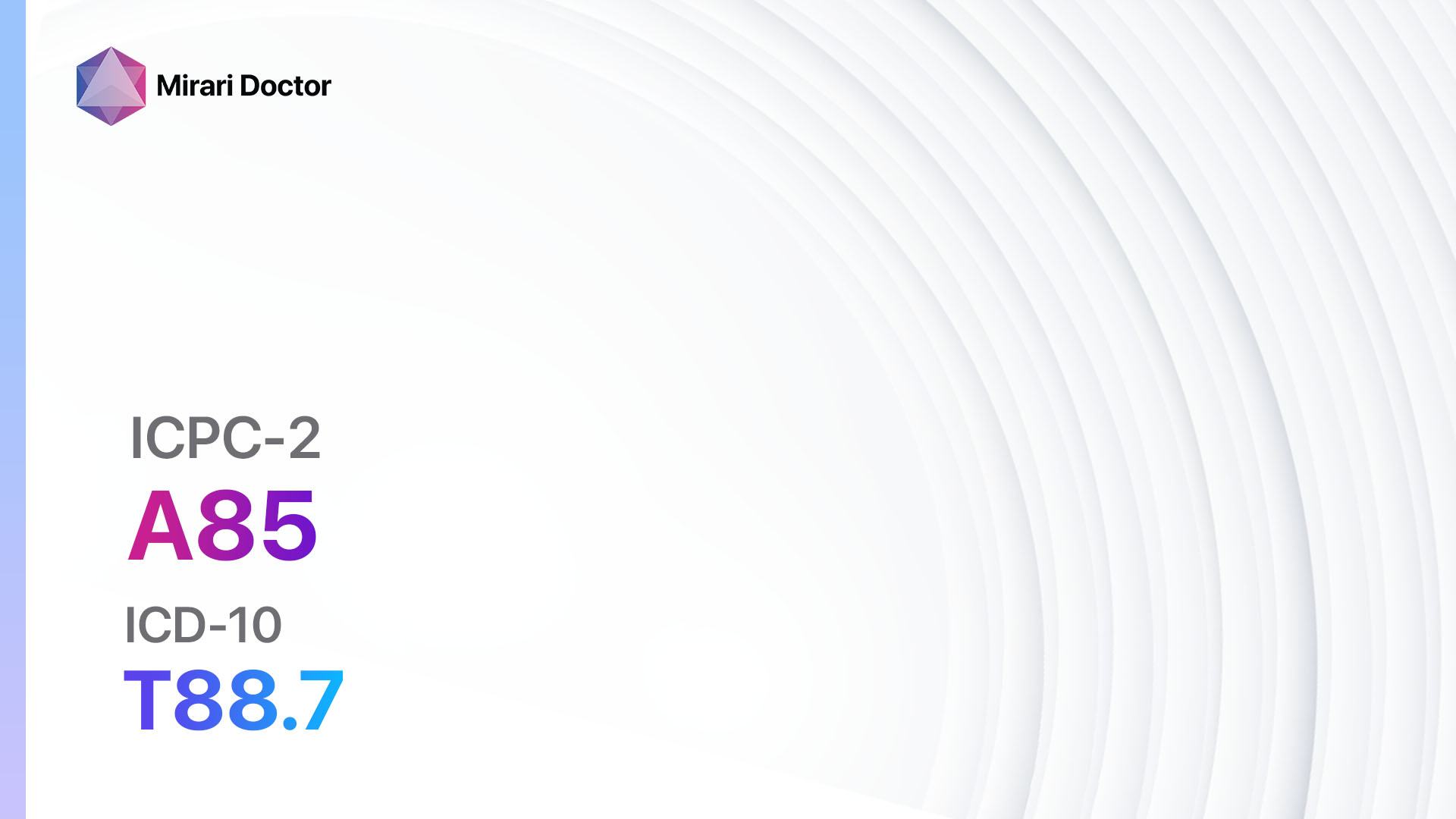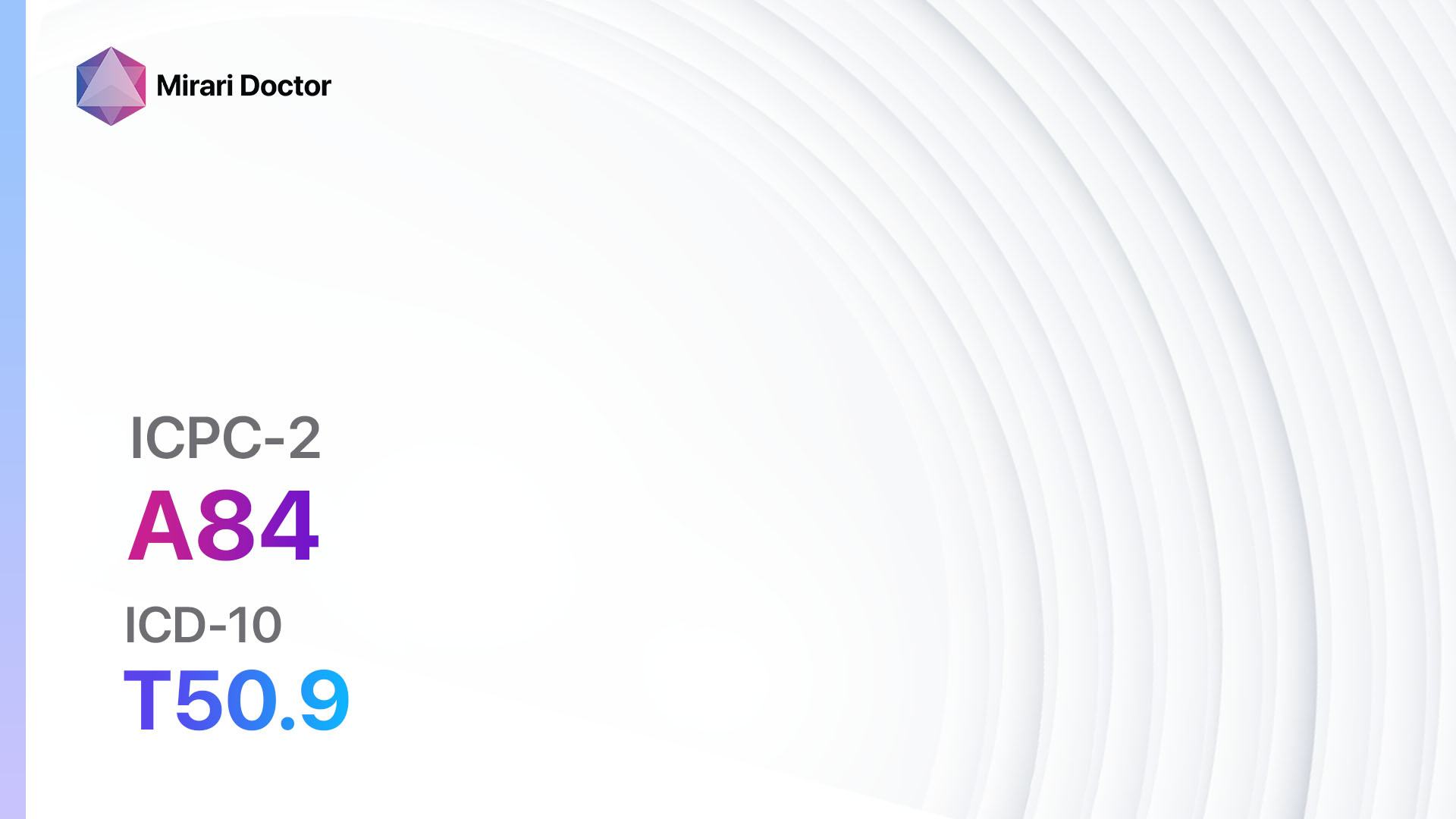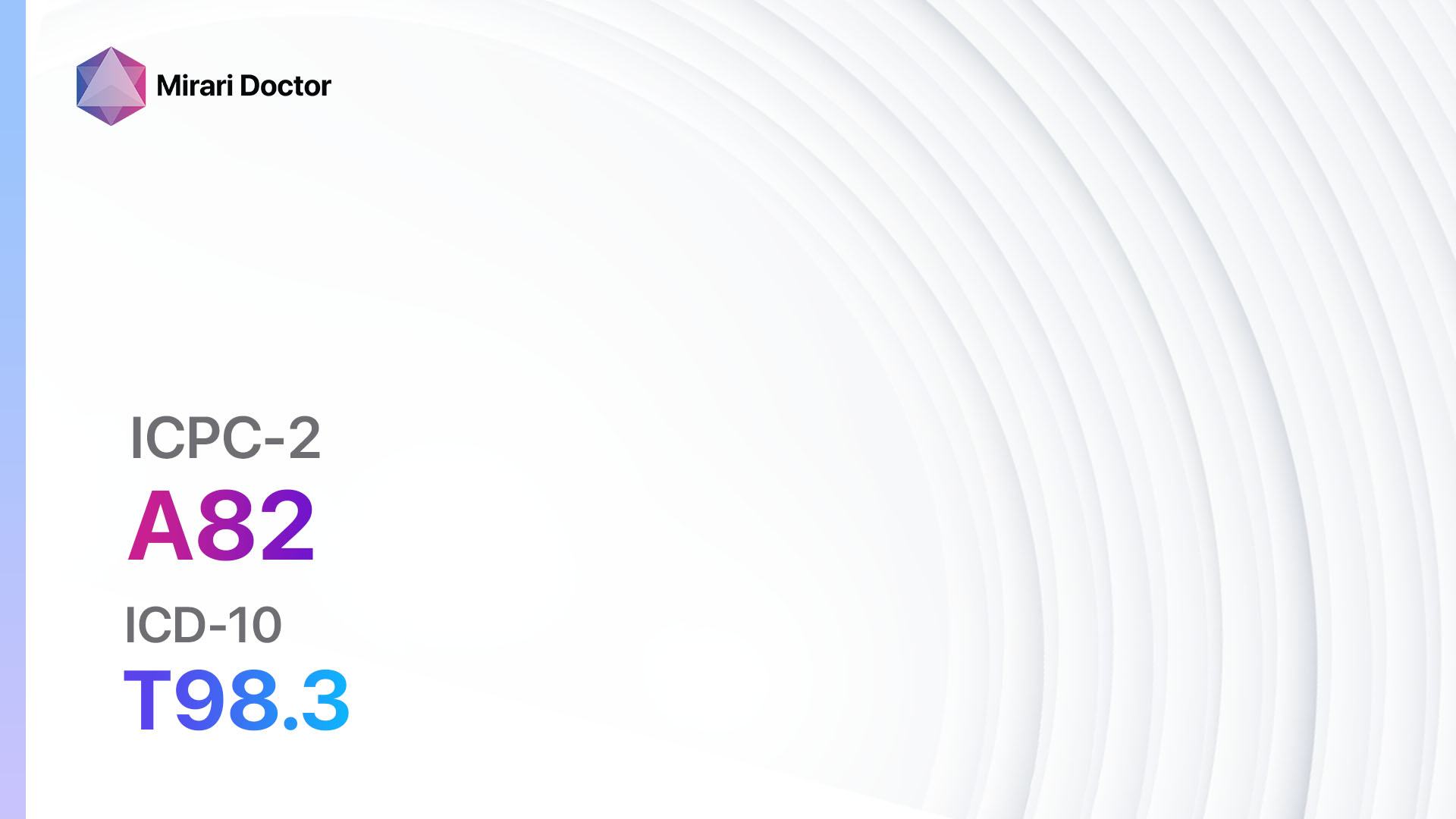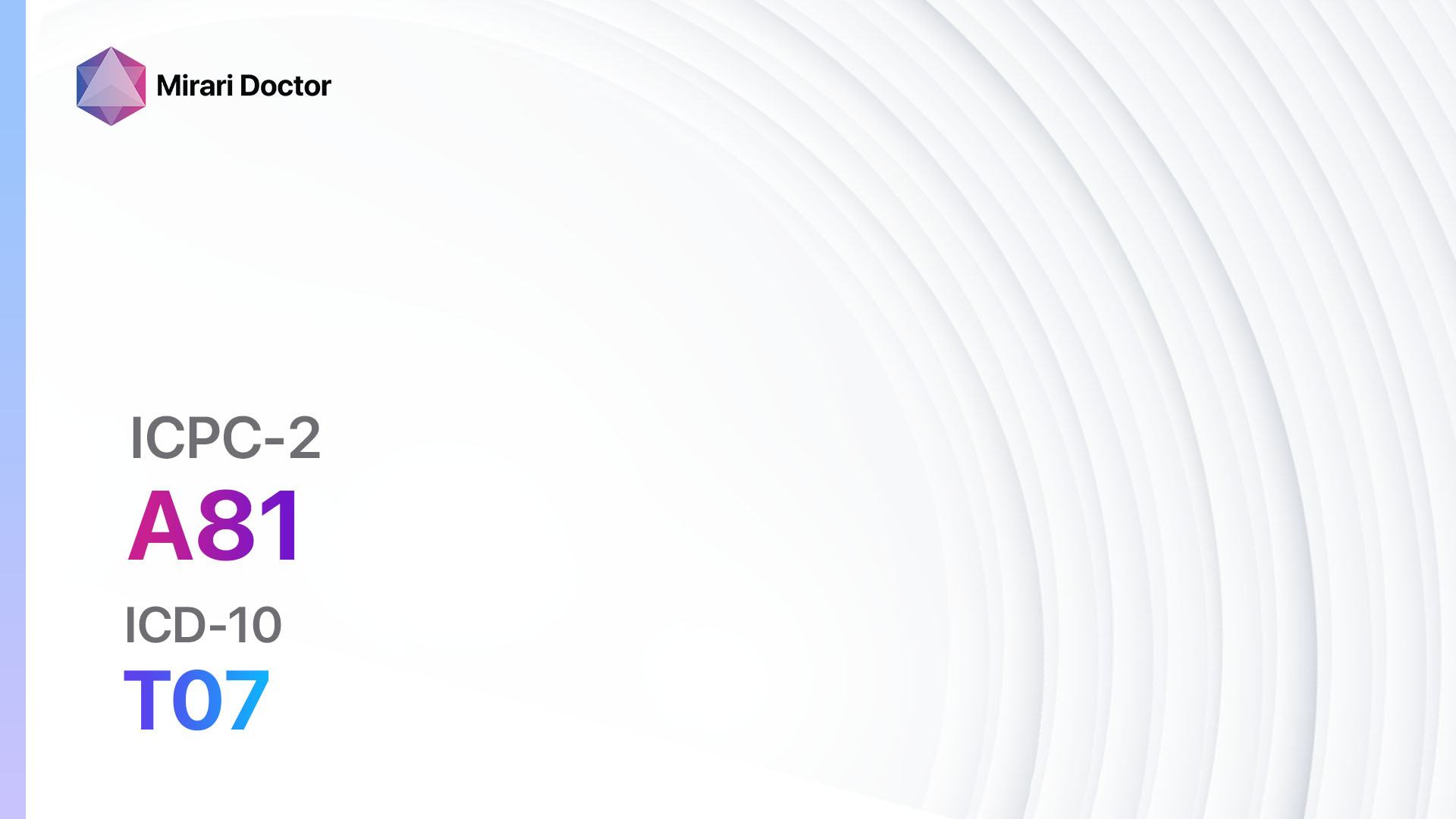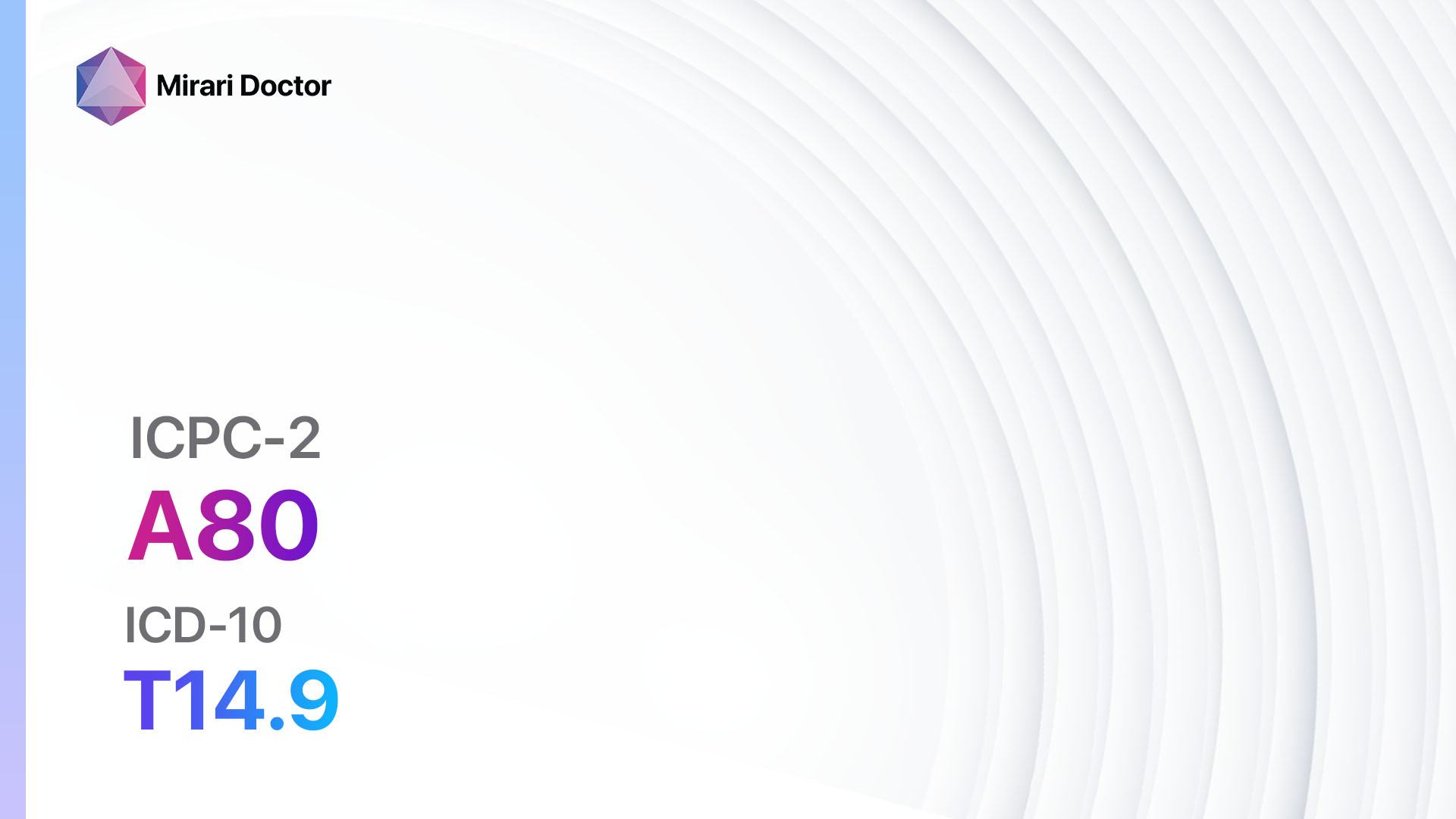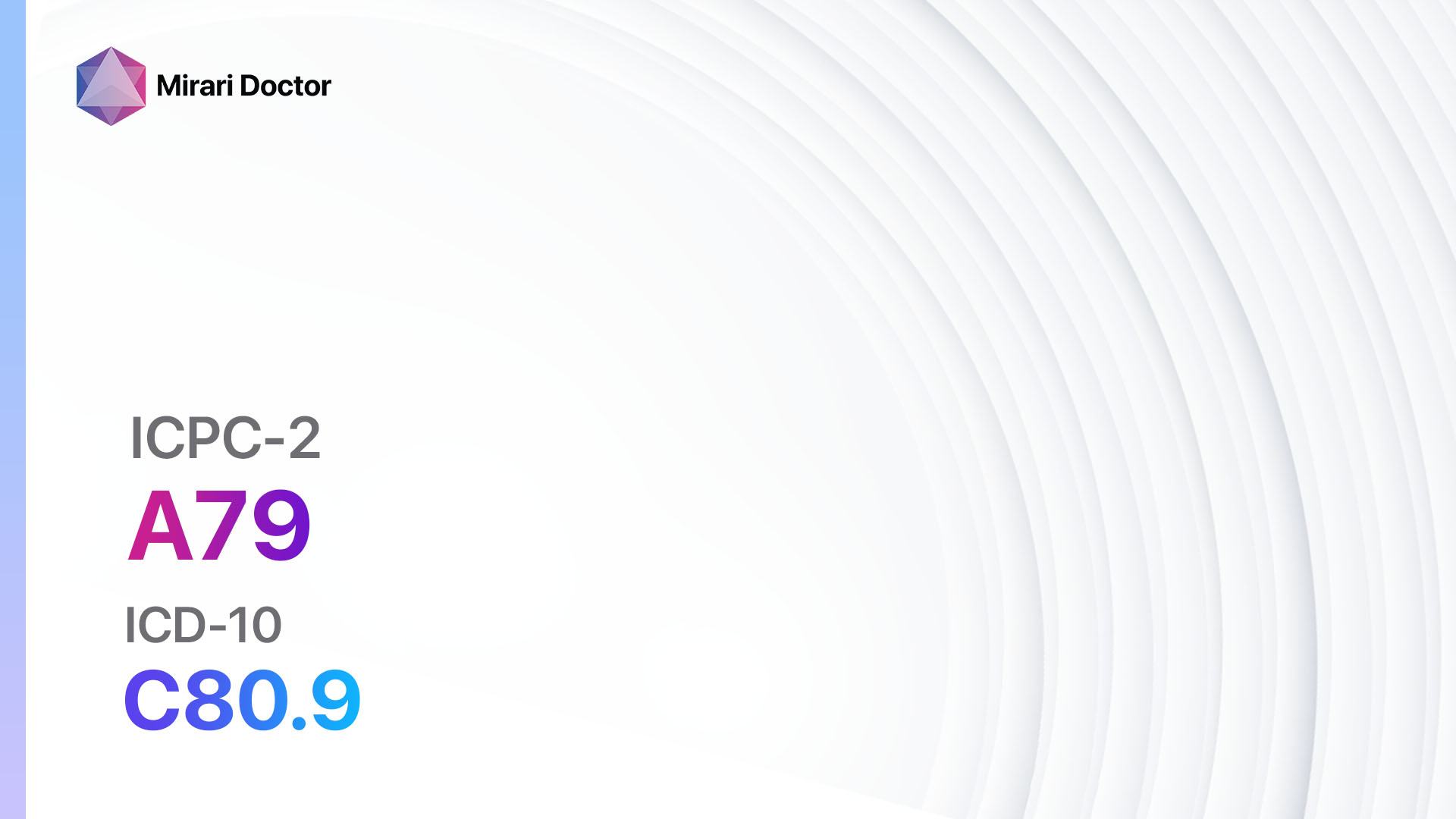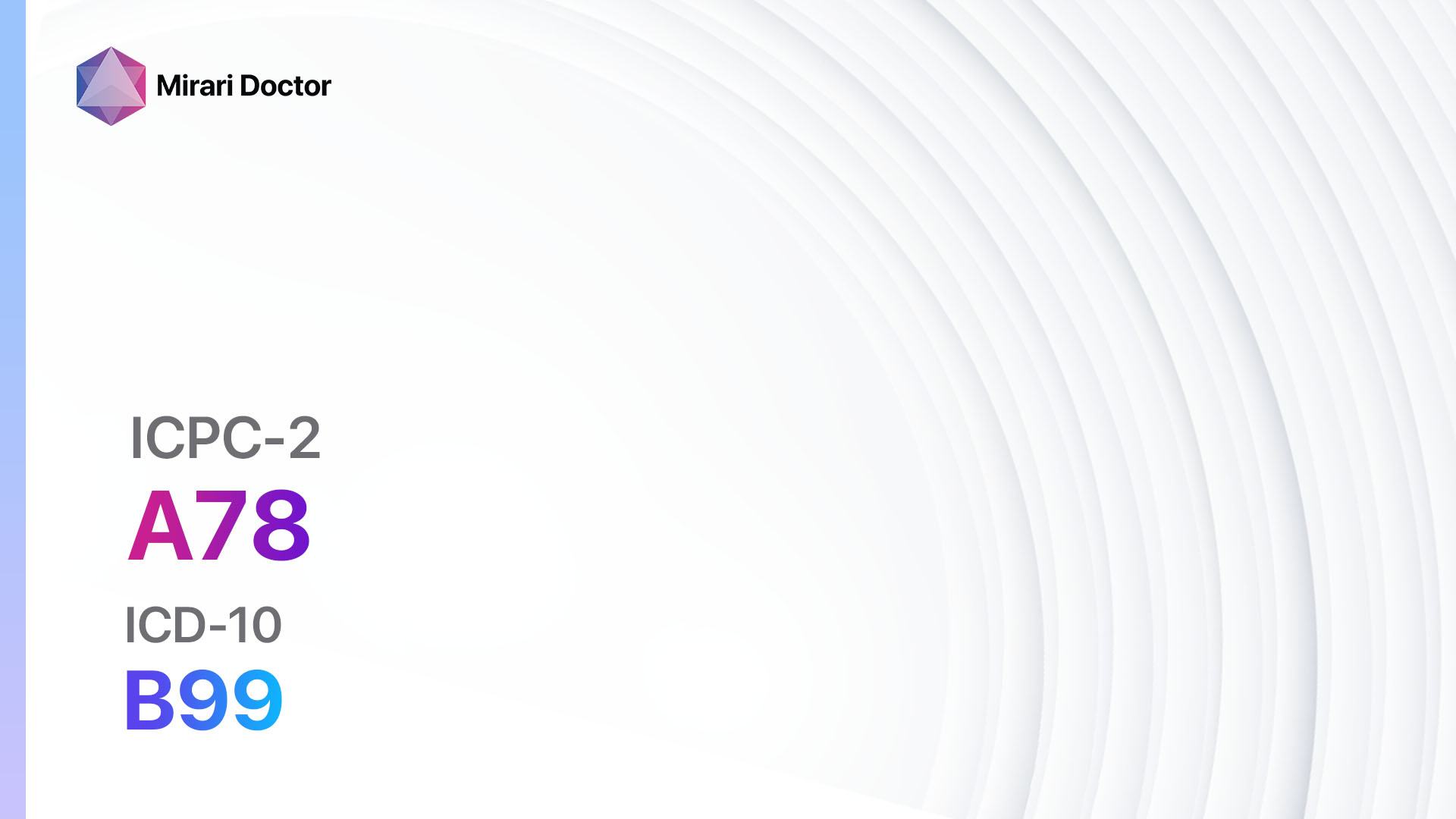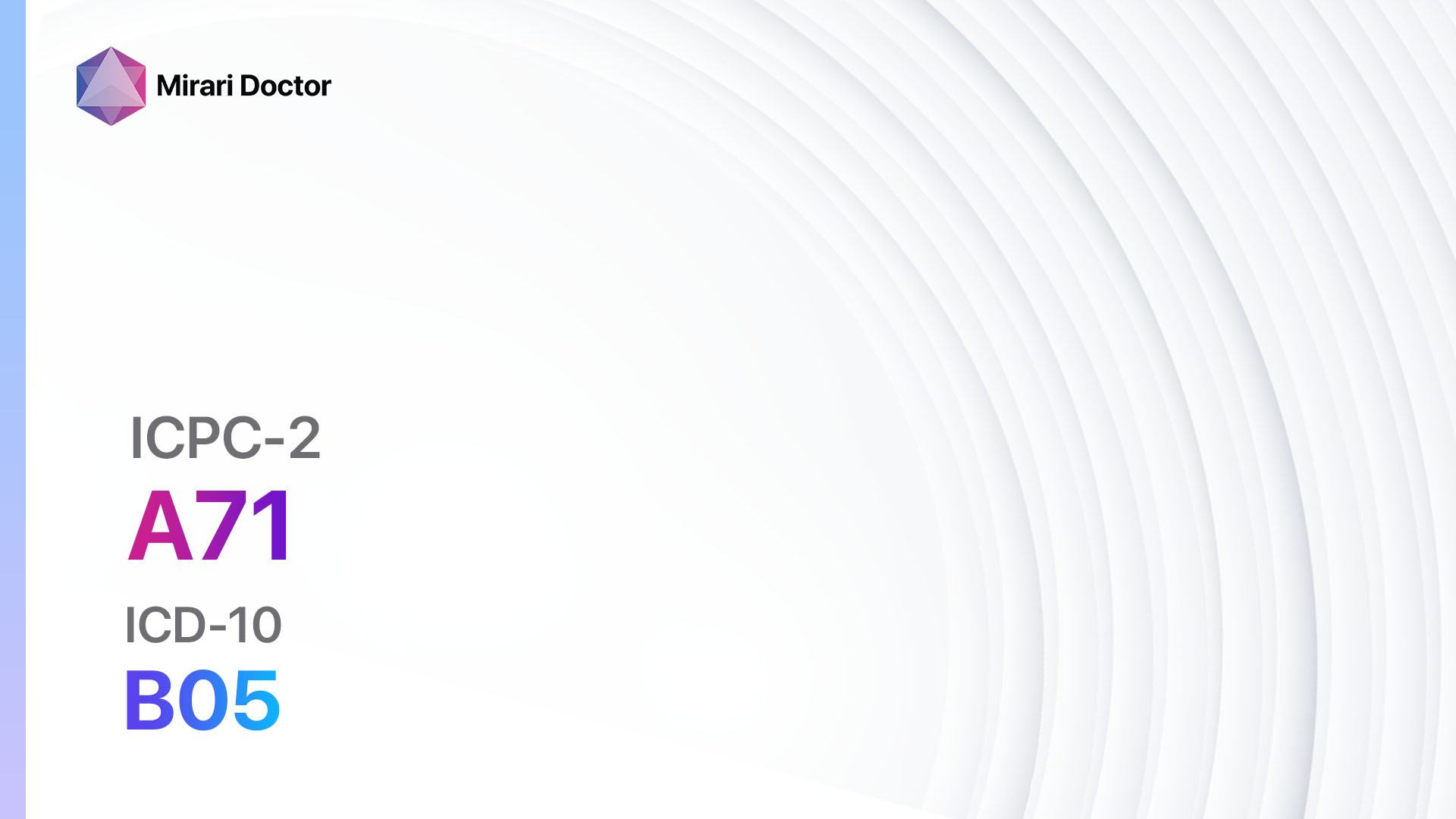
Introduction
Measles, also known as rubeola, is a highly contagious viral infection that primarily affects children[1]. It is characterized by a red rash, high fever, and other flu-like symptoms[2]. Measles can lead to serious complications, such as pneumonia and encephalitis, and can be fatal in some cases[3]. The aim of this guide is to provide healthcare professionals with a comprehensive overview of the symptoms, causes, diagnostic steps, possible interventions, and patient education related to measles.
Codes
Symptoms
- Rash: The characteristic measles rash appears as red, raised spots that usually begin on the face and then spread to the rest of the body[4].
- High fever: Measles is often accompanied by a high fever, which can reach up to 104°F (40°C)[5].
- Cough: Measles can cause a persistent cough, which may be accompanied by a runny nose and sneezing[6].
- Red, watery eyes: Measles can cause redness and irritation in the eyes, along with excessive tearing[7].
- Koplik spots: These are small, white spots that appear on the inside of the cheeks a few days before the rash develops[8].
- Generalized body aches and fatigue: Measles can cause muscle aches, fatigue, and a general feeling of being unwell[9].
Causes
- Measles virus: Measles is caused by the measles virus, which is highly contagious and spreads through respiratory droplets[10].
- Airborne transmission: The virus can be transmitted through coughing, sneezing, or close personal contact with an infected person.
- Contaminated surfaces: The virus can survive on surfaces for up to two hours, making it possible to contract measles by touching contaminated objects and then touching the face.
Diagnostic Steps
Medical History
- Gather information about the patient’s recent travel history, as measles is more common in certain regions.
- Ask about the patient’s vaccination history, as measles can occur in individuals who have not been vaccinated or have not received the full course of vaccinations.
- Inquire about the patient’s symptoms, including the presence of a rash, fever, cough, and other flu-like symptoms.
Physical Examination
- Examine the patient for the characteristic measles rash, which typically starts on the face and spreads to the rest of the body.
- Check for other signs of measles, such as red, watery eyes and Koplik spots on the inside of the cheeks.
- Assess the patient’s overall condition, including vital signs, to determine the severity of the infection.
Laboratory Tests
- Measles-specific IgM antibody test: This blood test can detect the presence of IgM antibodies, which indicate a recent measles infection.
- Measles virus detection: A throat swab or urine sample can be tested to detect the presence of the measles virus.
- Complete blood count (CBC): A CBC can help assess the severity of the infection and rule out other possible causes of the symptoms.
Diagnostic Imaging
- Chest X-ray: A chest X-ray may be performed to check for signs of pneumonia, a potential complication of measles.
- CT scan or MRI: In severe cases, imaging studies may be necessary to assess for encephalitis or other complications.
Other Tests
- Viral culture: A viral culture can be performed to isolate and identify the measles virus.
- Polymerase chain reaction (PCR) test: This test can detect the genetic material of the measles virus and is highly sensitive and specific.
Follow-up and Patient Education
- Provide the patient with information about the contagious nature of measles and the importance of isolation to prevent further spread.
- Advise the patient to rest, drink plenty of fluids, and take over-the-counter pain relievers to alleviate symptoms.
- Educate the patient about the potential complications of measles and the importance of seeking medical attention if symptoms worsen or new symptoms develop.
Possible Interventions
Traditional Interventions
Medications:
Top 5 drugs for Measles:
- Acetaminophen (e.g., Tylenol):
- Cost: $5-$10 for a bottle of generic acetaminophen.
- Contraindications: Allergy to acetaminophen.
- Side effects: Rare, but may include rash or liver damage.
- Severe side effects: Severe allergic reaction (anaphylaxis).
- Drug interactions: None significant.
- Warning: Do not exceed recommended dosage.
- Ibuprofen (e.g., Advil, Motrin):
- Cost: $5-$10 for a bottle of generic ibuprofen.
- Contraindications: Allergy to ibuprofen, history of stomach ulcers or bleeding disorders.
- Side effects: Upset stomach, heartburn.
- Severe side effects: Severe allergic reaction (anaphylaxis), stomach bleeding.
- Drug interactions: Blood thinners, other NSAIDs.
- Warning: Do not exceed recommended dosage.
- Antihistamines (e.g., Benadryl):
- Cost: $5-$10 for a bottle of generic antihistamines.
- Contraindications: Allergy to antihistamines, narrow-angle glaucoma.
- Side effects: Drowsiness, dry mouth.
- Severe side effects: Severe allergic reaction (anaphylaxis).
- Drug interactions: Sedatives, alcohol.
- Warning: May cause drowsiness.
- Cough suppressants (e.g., Dextromethorphan):
- Cost: $5-$10 for a bottle of generic cough suppressants.
- Contraindications: Allergy to dextromethorphan, chronic cough due to smoking or asthma.
- Side effects: Dizziness, drowsiness.
- Severe side effects: None significant.
- Drug interactions: MAO inhibitors, certain antidepressants.
- Warning: Do not exceed recommended dosage.
- Antiviral medication (e.g., Ribavirin):
- Cost: $100-$500 for a course of ribavirin.
- Contraindications: Allergy to ribavirin, severe anemia, pregnancy.
- Side effects: Nausea, vomiting, anemia.
- Severe side effects: None significant.
- Drug interactions: None significant.
- Warning: Use with caution in patients with kidney or liver disease.
Alternative Drugs:
- Vitamin A: Supplementation with vitamin A has been shown to reduce the severity and complications of measles.
- Zinc: Zinc supplementation may help boost the immune system and reduce the duration of measles symptoms.
- Probiotics: Probiotics may help support the immune system and reduce the risk of secondary infections.
Surgical Procedures:
- There are no surgical procedures indicated for the treatment of measles.
Alternative Interventions
- Homeopathic remedies: Some homeopathic remedies, such as pulsatilla and belladonna, are believed to help alleviate symptoms of measles. Cost: Varies depending on the specific remedy.
- Herbal teas: Herbal teas, such as chamomile and elderberry, may help soothe symptoms and boost the immune system. Cost: $5-$10 for a box of herbal tea bags.
- Steam inhalation: Inhaling steam from a bowl of hot water with added essential oils, such as eucalyptus or tea tree oil, may help relieve congestion. Cost: Minimal.
- Warm compresses: Applying warm compresses to the rash may help reduce itching and discomfort. Cost: Minimal.
- Rest and hydration: Adequate rest and hydration are essential for the body to fight off the infection. Cost: Minimal.
Lifestyle Interventions
- Isolation: It is important for individuals with measles to isolate themselves to prevent the spread of the virus. Cost: Minimal.
- Good hygiene practices: Regular handwashing, covering the mouth and nose when coughing or sneezing, and avoiding close contact with others can help prevent the spread of measles. Cost: Minimal.
- Healthy diet: A balanced diet rich in fruits, vegetables, and whole grains can help support the immune system. Cost: Varies depending on food choices.
- Adequate rest: Getting plenty of rest can help the body recover from the infection. Cost: Minimal.
- Avoiding irritants: Avoiding irritants, such as smoke and strong chemicals, can help alleviate respiratory symptoms. Cost: Minimal.
It is important to note that the cost ranges provided are approximate and may vary depending on the location and availability of the interventions.
Mirari Cold Plasma Alternative Intervention
Understanding Mirari Cold Plasma
- Safe and Non-Invasive Treatment: Mirari Cold Plasma is a safe and non-invasive treatment option for various skin conditions. It does not require incisions, minimizing the risk of scarring, bleeding, or tissue damage.
- Efficient Extraction of Foreign Bodies: Mirari Cold Plasma facilitates the removal of foreign bodies from the skin by degrading and dissociating organic matter, allowing easier access and extraction.
- Pain Reduction and Comfort: Mirari Cold Plasma has a local analgesic effect, providing pain relief during the treatment, making it more comfortable for the patient.
- Reduced Risk of Infection: Mirari Cold Plasma has antimicrobial properties, effectively killing bacteria and reducing the risk of infection.
- Accelerated Healing and Minimal Scarring: Mirari Cold Plasma stimulates wound healing and tissue regeneration, reducing healing time and minimizing the formation of scars.
Mirari Cold Plasma Prescription
Video instructions for using Mirari Cold Plasma Device – A71 Measles (ICD-10:B05)
| Mild | Moderate | Severe |
| Mode setting: 1 (Infection) Location: 0 (Localized) Morning: 15 minutes, Evening: 15 minutes | Mode setting: 1 (Infection) Location: 0 (Localized) Morning: 30 minutes, Lunch: 30 minutes, Evening: 30 minutes | Mode setting: 1 (Infection) Location: 0 (Localized) Morning: 30 minutes, Lunch: 30 minutes, Evening: 30 minutes |
| Mode setting: 2 (Wound Healing) Location: 0 (Localized) Morning: 15 minutes, Evening: 15 minutes | Mode setting: 2 (Wound Healing) Location: 0 (Localized) Morning: 30 minutes, Lunch: 30 minutes, Evening: 30 minutes | Mode setting: 2 (Wound Healing) Location: 0 (Localized) Morning: 30 minutes, Lunch: 30 minutes, Evening: 30 minutes |
| Mode setting: 3 (Antiviral Therapy) Location: 6 (Throat, Lymphatic & Thyroid) Morning: 15 minutes, Evening: 15 minutes | Mode setting: 3 (Antiviral Therapy) Location: 6 (Throat, Lymphatic & Thyroid) Morning: 30 minutes, Lunch: 30 minutes, Evening: 30 minutes | Mode setting: 3 (Antiviral Therapy) Location: 6 (Throat, Lymphatic & Thyroid) Morning: 30 minutes, Lunch: 30 minutes, Evening: 30 minutes |
| Mode setting: 7 (Immunotherapy) Location: 1 (Sacrum) Morning: 15 minutes, Evening: 15 minutes | Mode setting: 7 (Immunotherapy) Location: 1 (Sacrum) Morning: 30 minutes, Lunch: 30 minutes, Evening: 30 minutes | Mode setting: 7 (Immunotherapy) Location: 1 (Sacrum) Morning: 30 minutes, Lunch: 30 minutes, Evening: 30 minutes |
| Total Morning: 60 minutes approx. $10 USD, Evening: 60 minutes approx. $10 USD | Total Morning: 120 minutes approx. $20 USD, Lunch: 120 minutes approx. $20 USD, Evening: 120 minutes approx. $20 USD, | Total Morning: 120 minutes approx. $20 USD, Lunch: 120 minutes approx. $20 USD, Evening: 120 minutes approx. $20 USD, |
| Usual treatment for 7-60 days approx. $140 USD – $1200 USD | Usual treatment for 6-8 weeks approx. $2,520USD – $3,360 USD | Usual treatment for 3-6 months approx. $5,400 USD – $10,800 USD |
 |
|
Use the Mirari Cold Plasma device to treat Measles effectively.
WARNING: MIRARI COLD PLASMA IS DESIGNED FOR THE HUMAN BODY WITHOUT ANY ARTIFICIAL OR THIRD PARTY PRODUCTS. USE OF OTHER PRODUCTS IN COMBINATION WITH MIRARI COLD PLASMA MAY CAUSE UNPREDICTABLE EFFECTS, HARM OR INJURY. PLEASE CONSULT A MEDICAL PROFESSIONAL BEFORE COMBINING ANY OTHER PRODUCTS WITH USE OF MIRARI.
Step 1: Cleanse the Skin
- Start by cleaning the affected area of the skin with a gentle cleanser or mild soap and water. Gently pat the area dry with a clean towel.
Step 2: Prepare the Mirari Cold Plasma device
- Ensure that the Mirari Cold Plasma device is fully charged or has fresh batteries as per the manufacturer’s instructions. Make sure the device is clean and in good working condition.
- Switch on the Mirari device using the power button or by following the specific instructions provided with the device.
- Some Mirari devices may have adjustable settings for intensity or treatment duration. Follow the manufacturer’s instructions to select the appropriate settings based on your needs and the recommended guidelines.
Step 3: Apply the Device
- Place the Mirari device in direct contact with the affected area of the skin. Gently glide or hold the device over the skin surface, ensuring even coverage of the area experiencing.
- Slowly move the Mirari device in a circular motion or follow a specific pattern as indicated in the user manual. This helps ensure thorough treatment coverage.
Step 4: Monitor and Assess:
- Keep track of your progress and evaluate the effectiveness of the Mirari device in managing your Measles. If you have any concerns or notice any adverse reactions, consult with your health care professional.
Note
This guide is for informational purposes only and should not replace the advice of a medical professional. Always consult with your healthcare provider or a qualified medical professional for personal advice, diagnosis, or treatment. Do not solely rely on the information presented here for decisions about your health. Use of this information is at your own risk. The authors of this guide, nor any associated entities or platforms, are not responsible for any potential adverse effects or outcomes based on the content.
Mirari Cold Plasma System Disclaimer
- Purpose: The Mirari Cold Plasma System is a Class 2 medical device designed for use by trained healthcare professionals. It is registered for use in Thailand and Vietnam. It is not intended for use outside of these locations.
- Informational Use: The content and information provided with the device are for educational and informational purposes only. They are not a substitute for professional medical advice or care.
- Variable Outcomes: While the device is approved for specific uses, individual outcomes can differ. We do not assert or guarantee specific medical outcomes.
- Consultation: Prior to utilizing the device or making decisions based on its content, it is essential to consult with a Certified Mirari Tele-Therapist and your medical healthcare provider regarding specific protocols.
- Liability: By using this device, users are acknowledging and accepting all potential risks. Neither the manufacturer nor the distributor will be held accountable for any adverse reactions, injuries, or damages stemming from its use.
- Geographical Availability: This device has received approval for designated purposes by the Thai and Vietnam FDA. As of now, outside of Thailand and Vietnam, the Mirari Cold Plasma System is not available for purchase or use.
References
- World Health Organization. (2019). Measles. //www.who.int/news-room/fact-sheets/detail/measles
- Centers for Disease Control and Prevention. (2021). Measles (Rubeola). //www.cdc.gov/measles/index.html
- Moss, W. J. (2017). Measles. The Lancet, 390(10111), 2490-2502. //doi.org/10.1016/S0140-6736(17)31463-0
- Gans, H., & Maldonado, Y. A. (2013). Measles: Clinical manifestations, diagnosis, treatment, and prevention. UpToDate. //www.uptodate.com/contents/measles-clinical-manifestations-diagnosis-treatment-and-prevention
- Mayo Clinic. (2021). Measles. //www.mayoclinic.org/diseases-conditions/measles/symptoms-causes/syc-20374857
- American Academy of Pediatrics. (2021). Measles. In D. W. Kimberlin, M. T. Brady, M. A. Jackson, & S. S. Long (Eds.), Red Book: 2021-2024 Report of the Committee on Infectious Diseases (pp. 537-550). American Academy of Pediatrics.
- Bester, J. C. (2016). Measles and Measles Vaccination: A Review. JAMA Pediatrics, 170(12), 1209-1215. //doi.org/10.1001/jamapediatrics.2016.1787
- Rota, P. A., Moss, W. J., Takeda, M., de Swart, R. L., Thompson, K. M., & Goodson, J. L. (2016). Measles. Nature Reviews Disease Primers, 2(1), 1-16. //doi.org/10.1038/nrdp.2016.49
- Lindberg, C., Lanzi, M., & Lindberg, K. (2015). Measles: Still a Significant Health Threat. MCN: The American Journal of Maternal/Child Nursing, 40(5), 298-305. //doi.org/10.1097/NMC.0000000000000162
- Measles virus. (2021). In Encyclopædia Britannica. //www.britannica.com/science/measles-virus
Related articles
Made in USA


